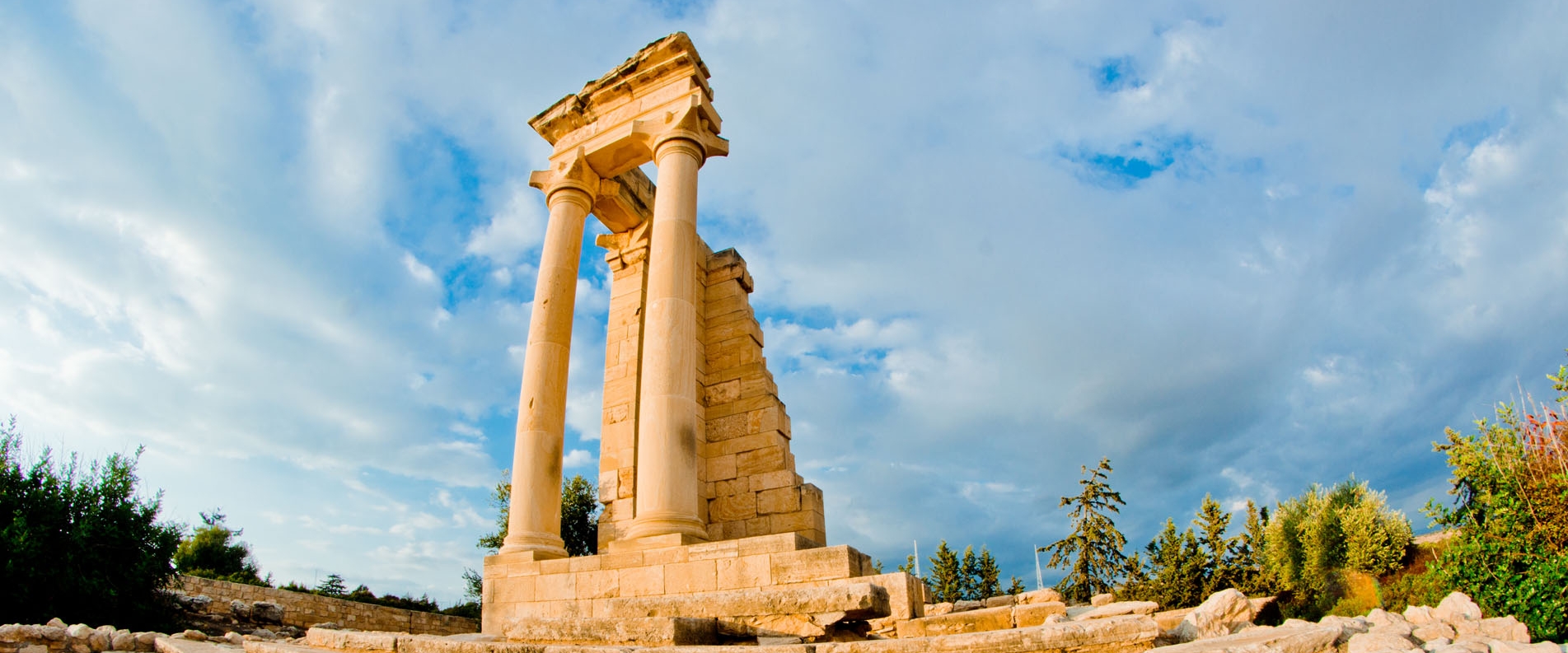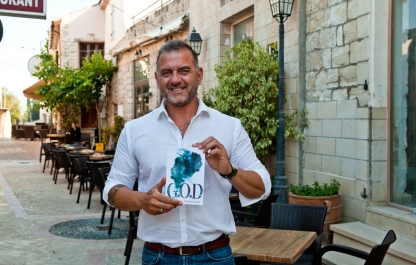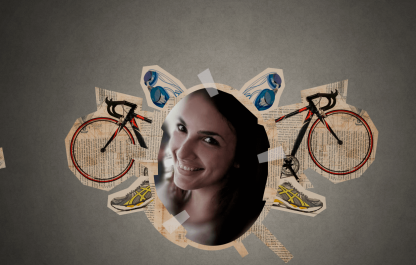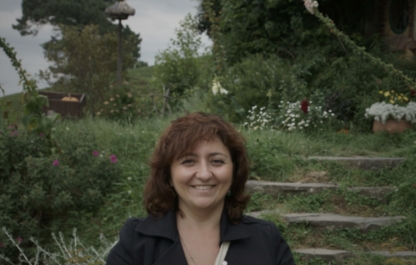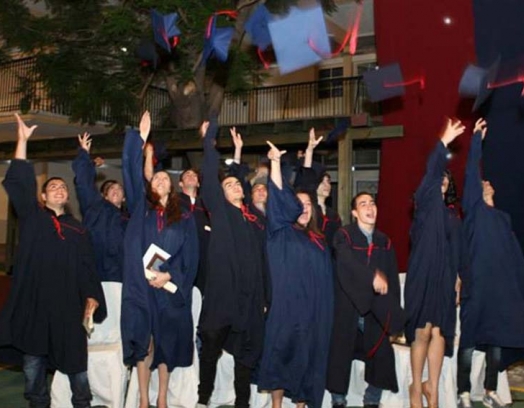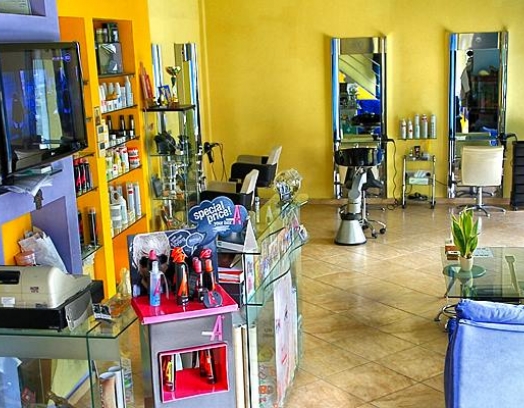The ruins of the acropolis of Kourion sit atop a cliff overlooking the sea and constitute one of the largest archeological parks in Cyprus. The remains of houses, public buildings and churches reveal the centuries-old history of a city that emerged in the 12th century BC and played an important role in the life of the entire island until the 4th century AD.
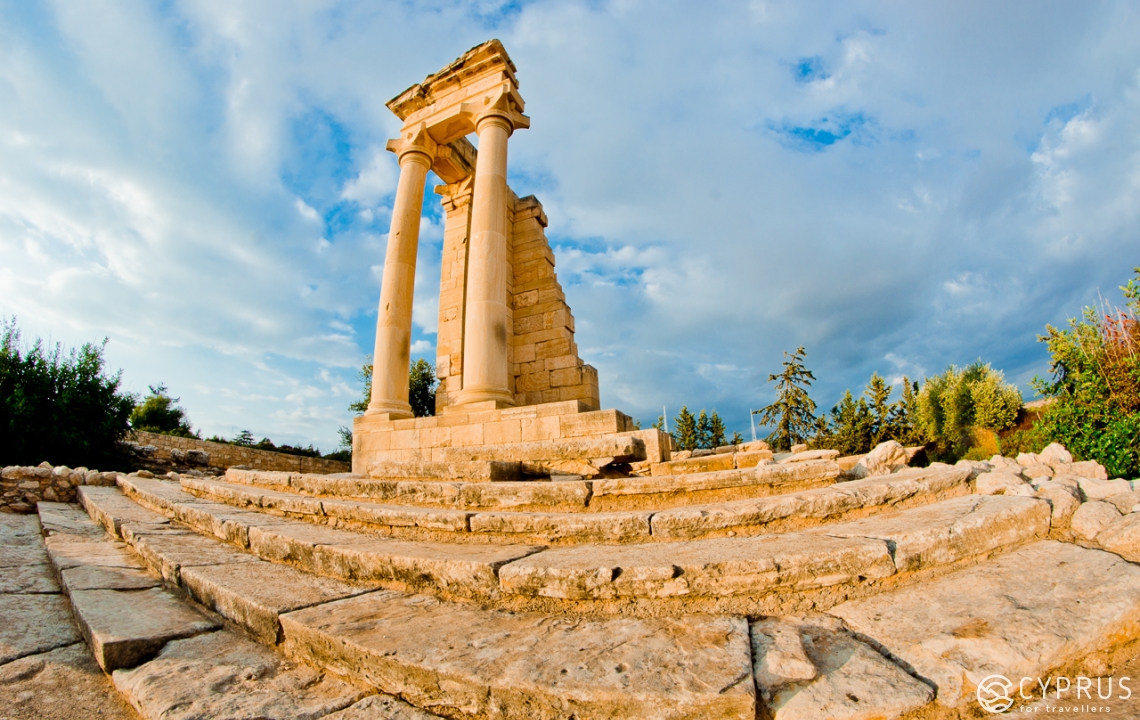
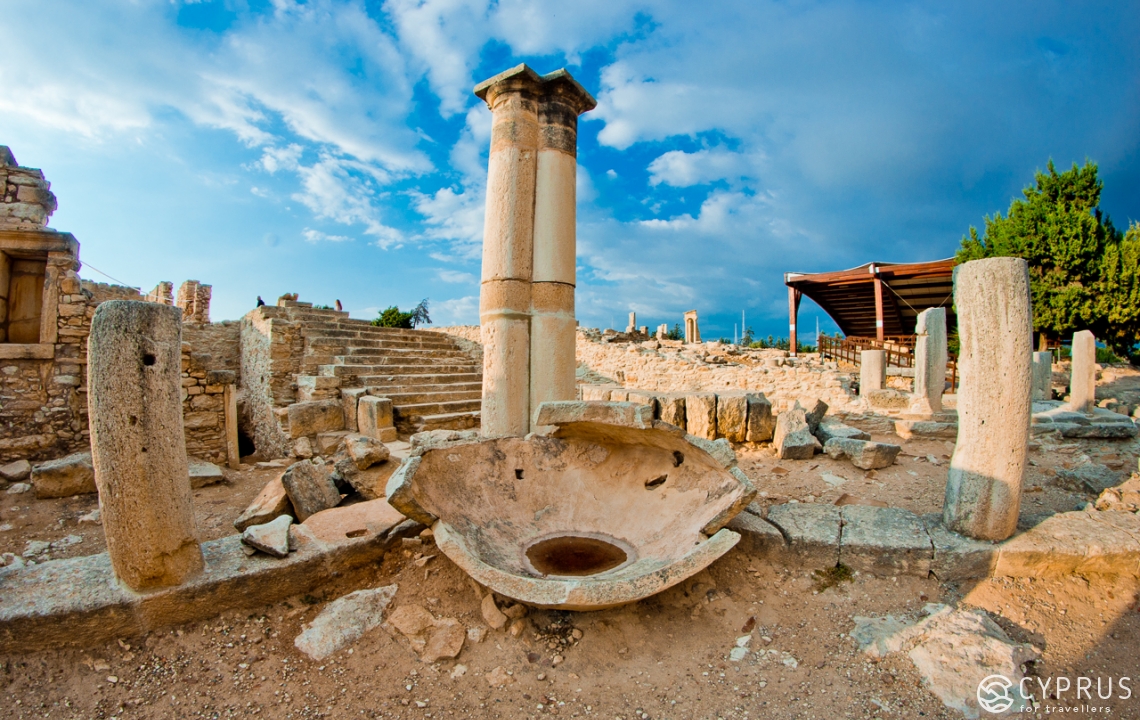
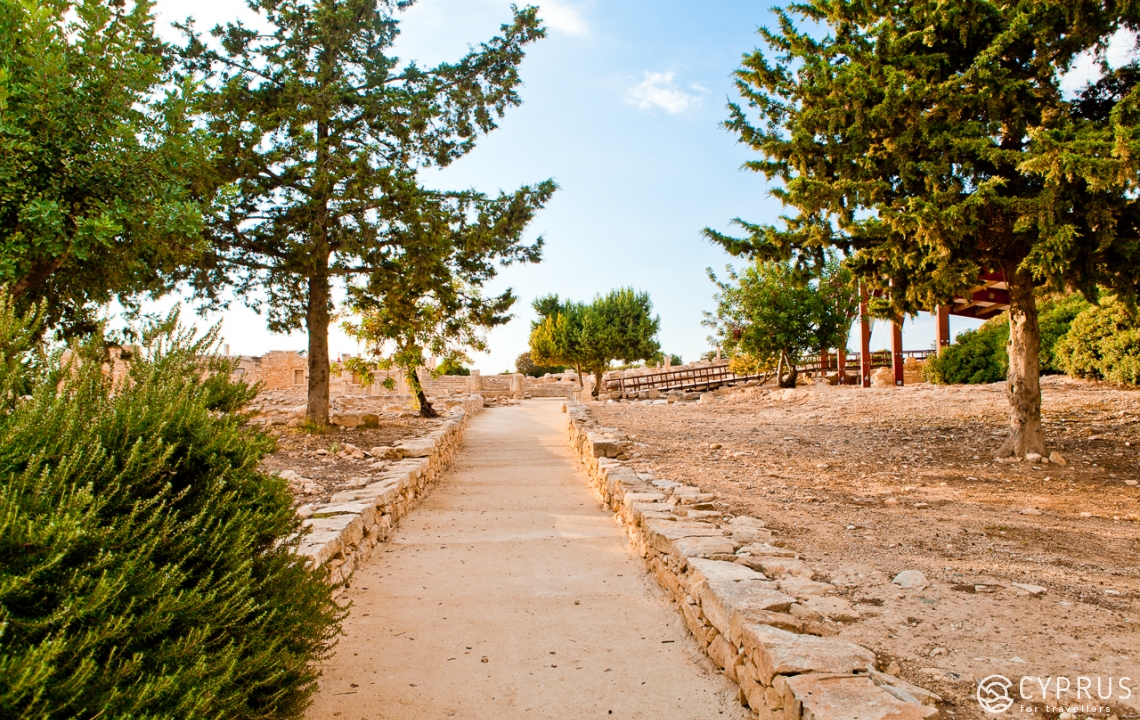
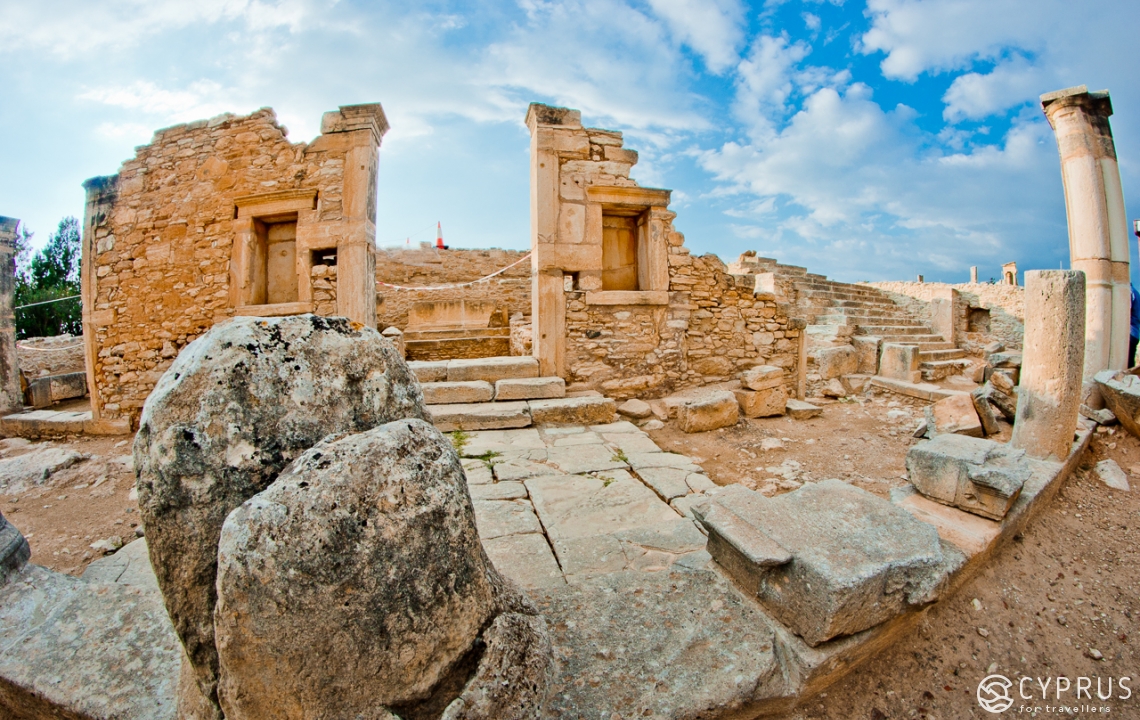
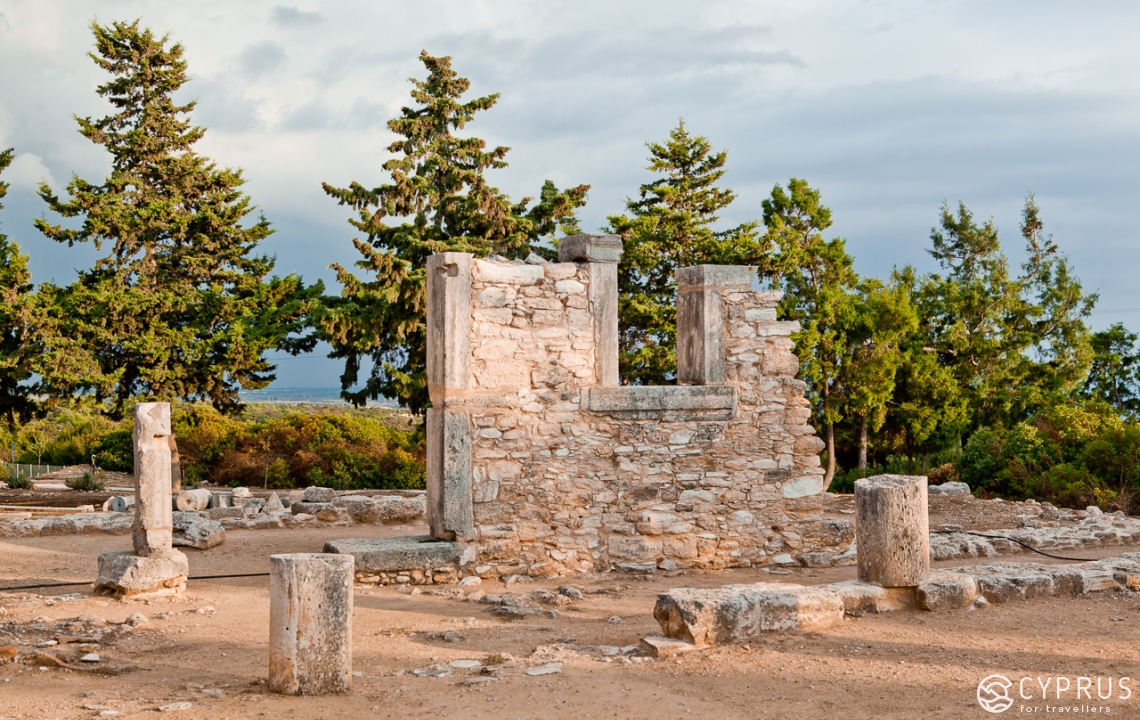
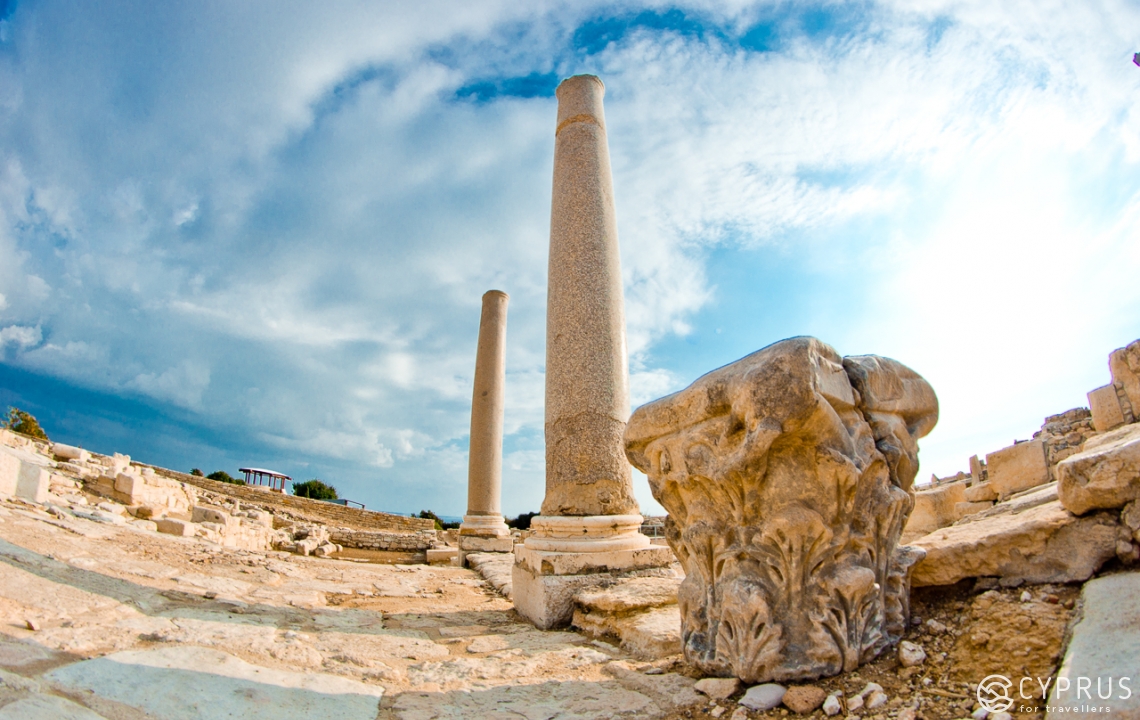
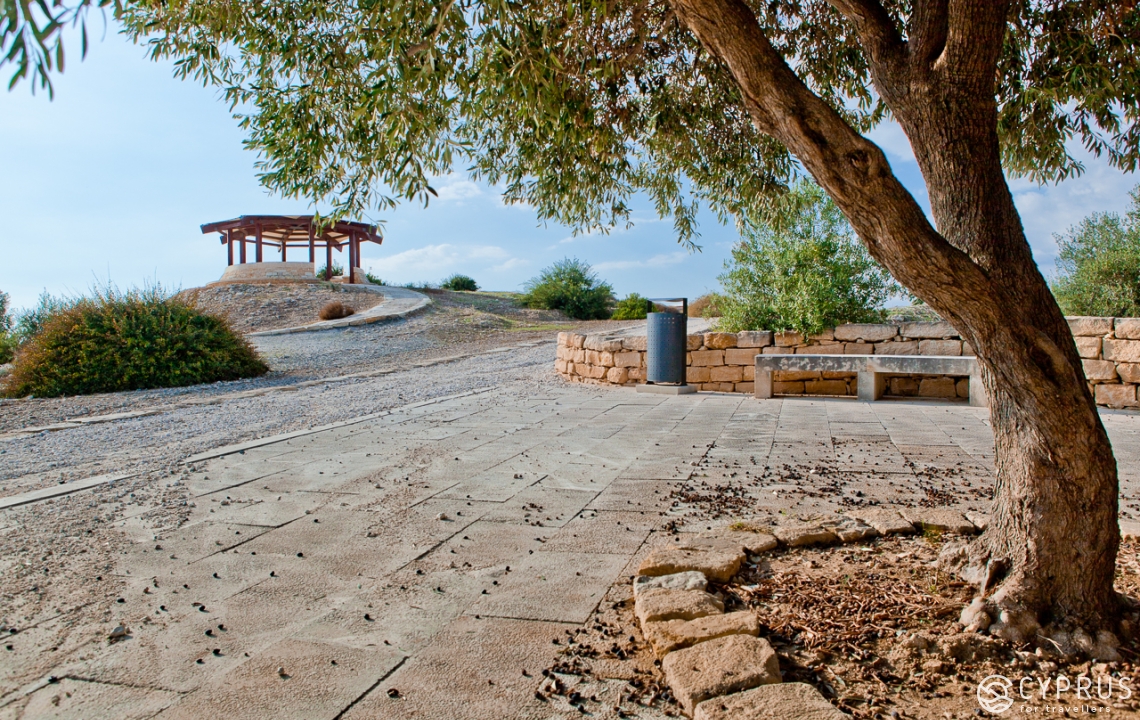
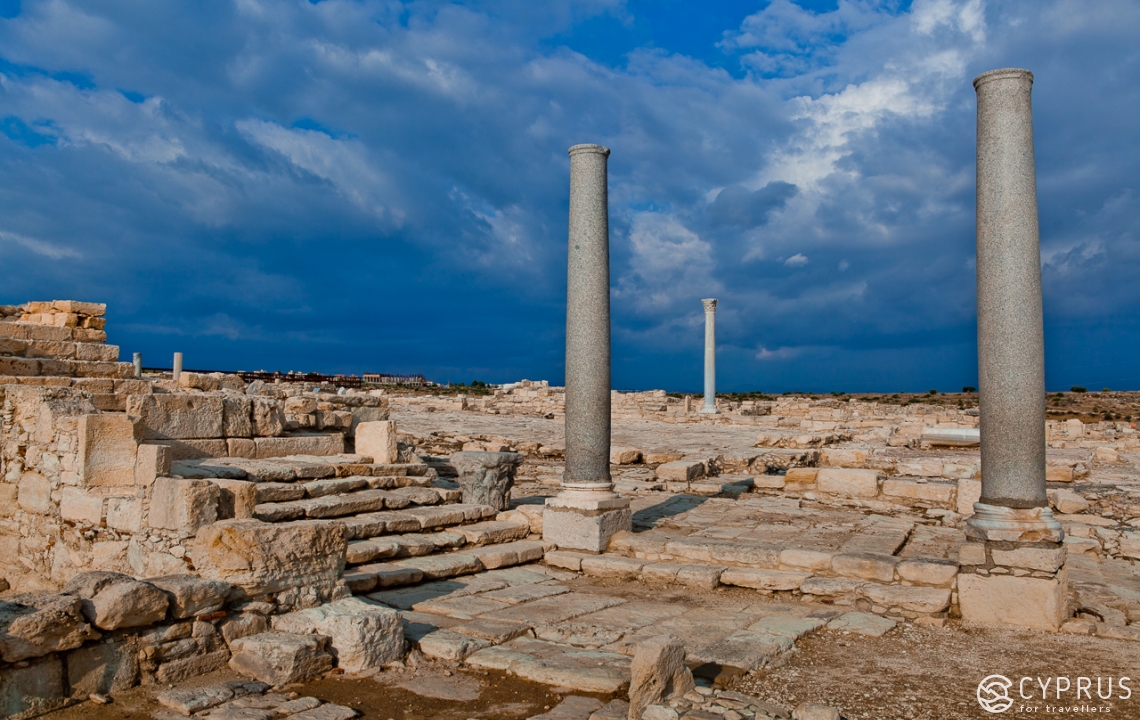
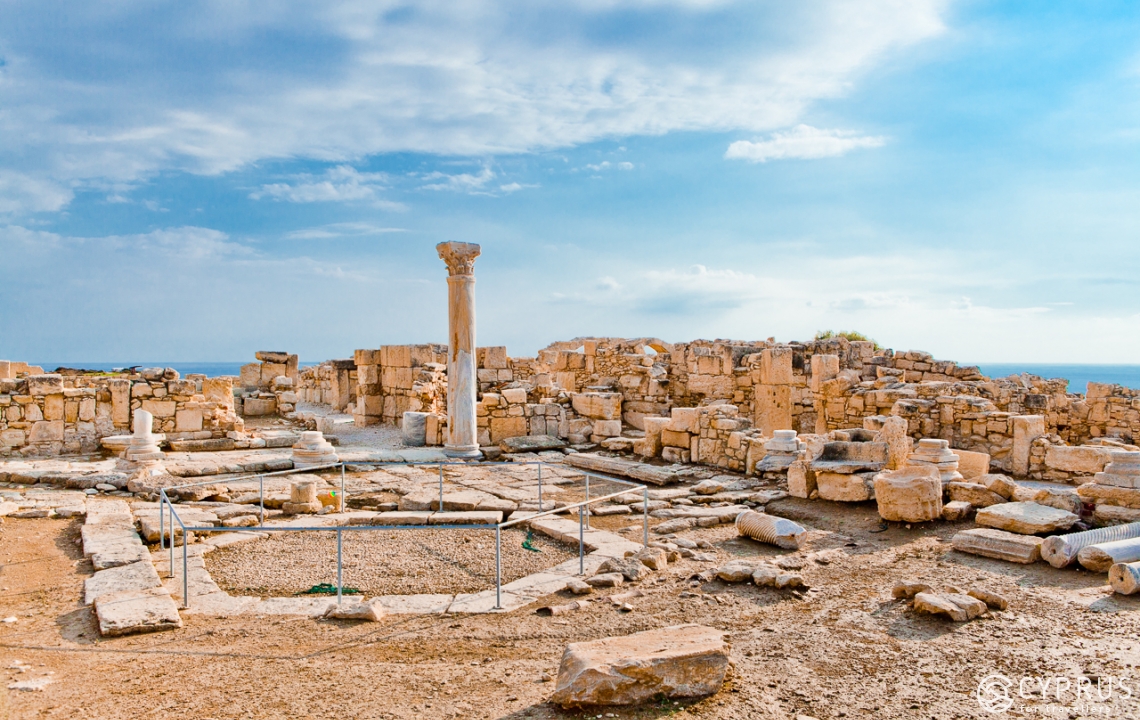
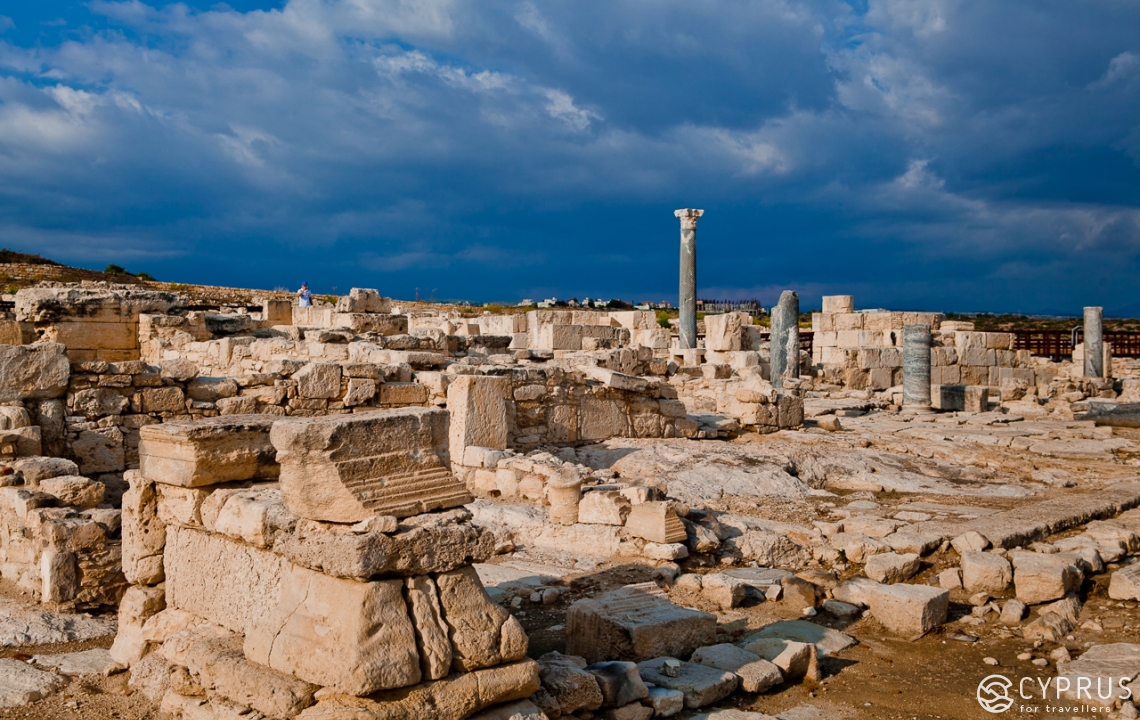
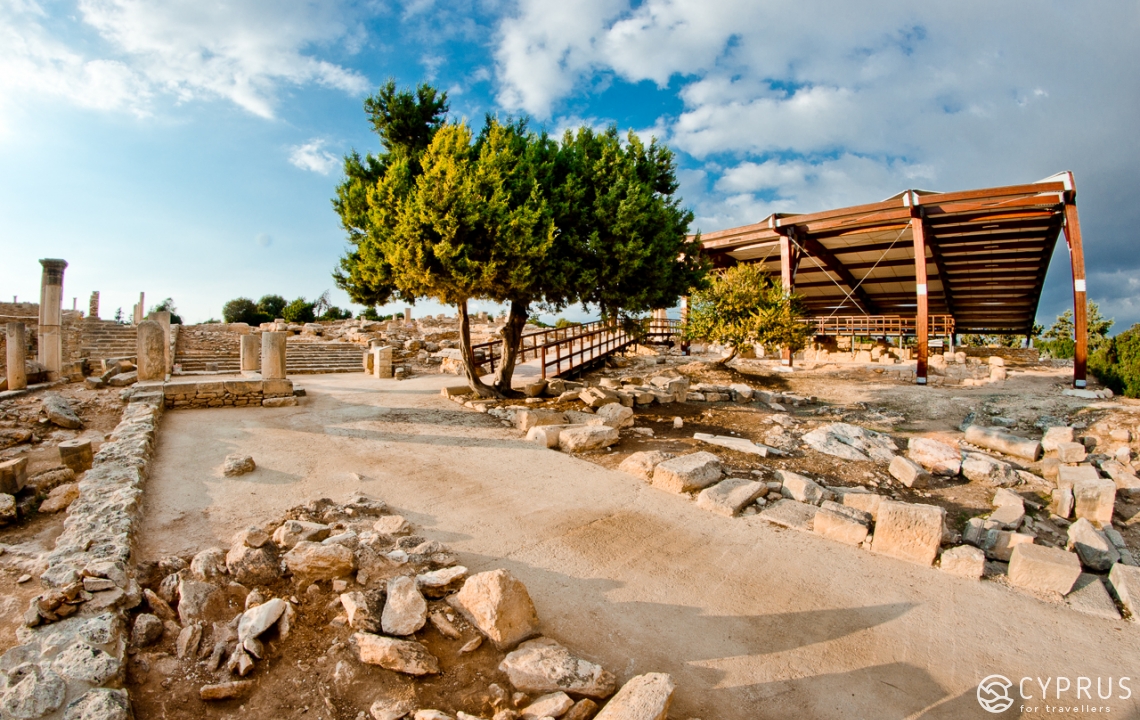
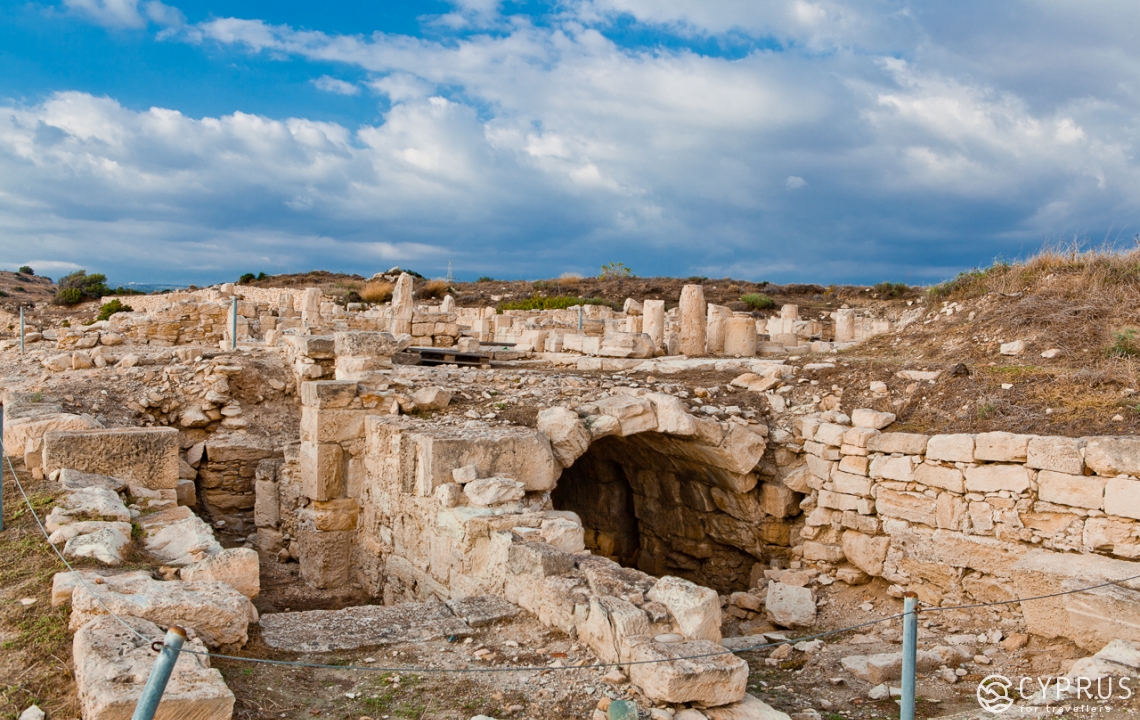
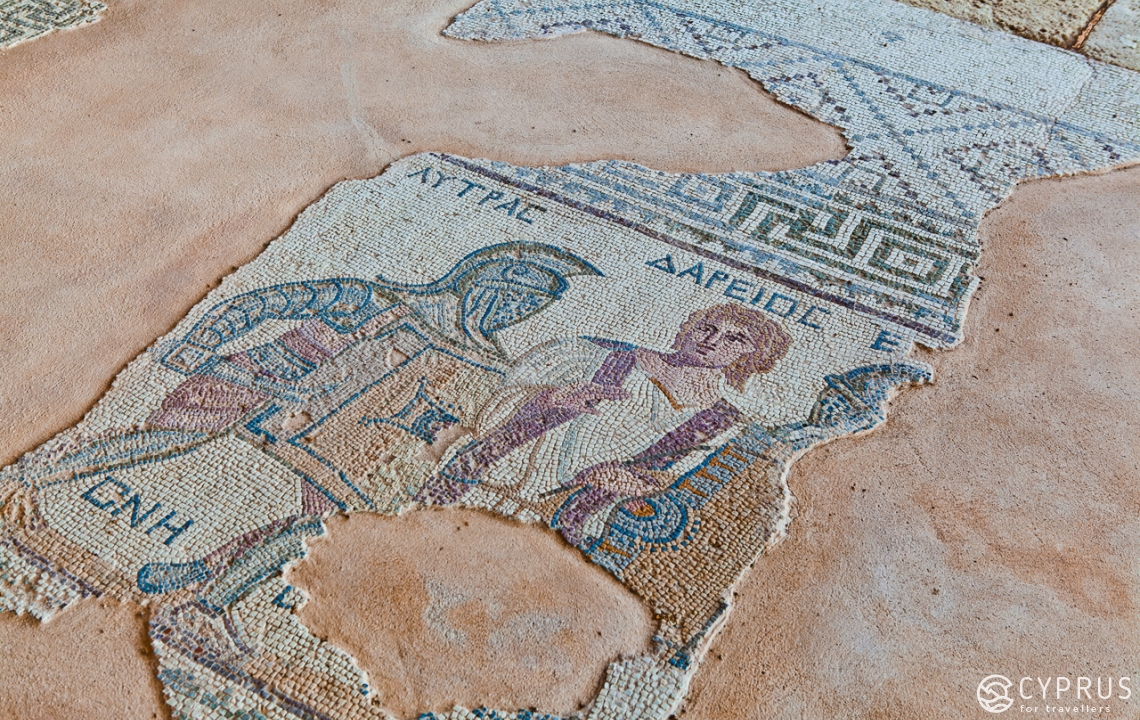
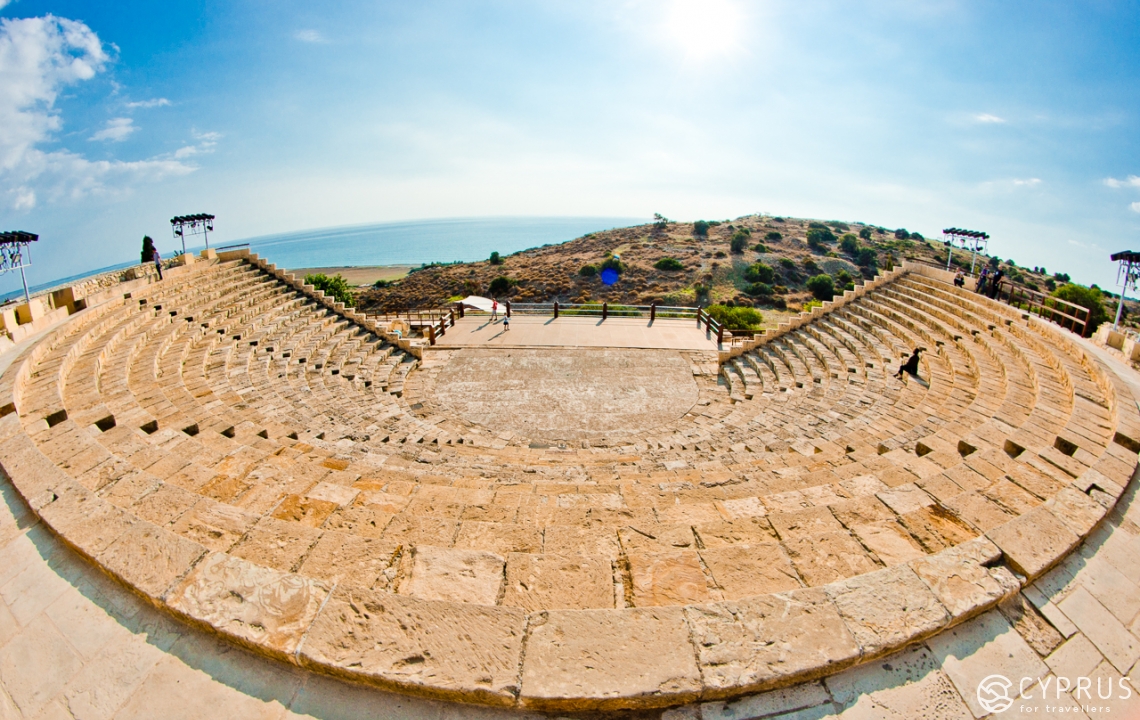
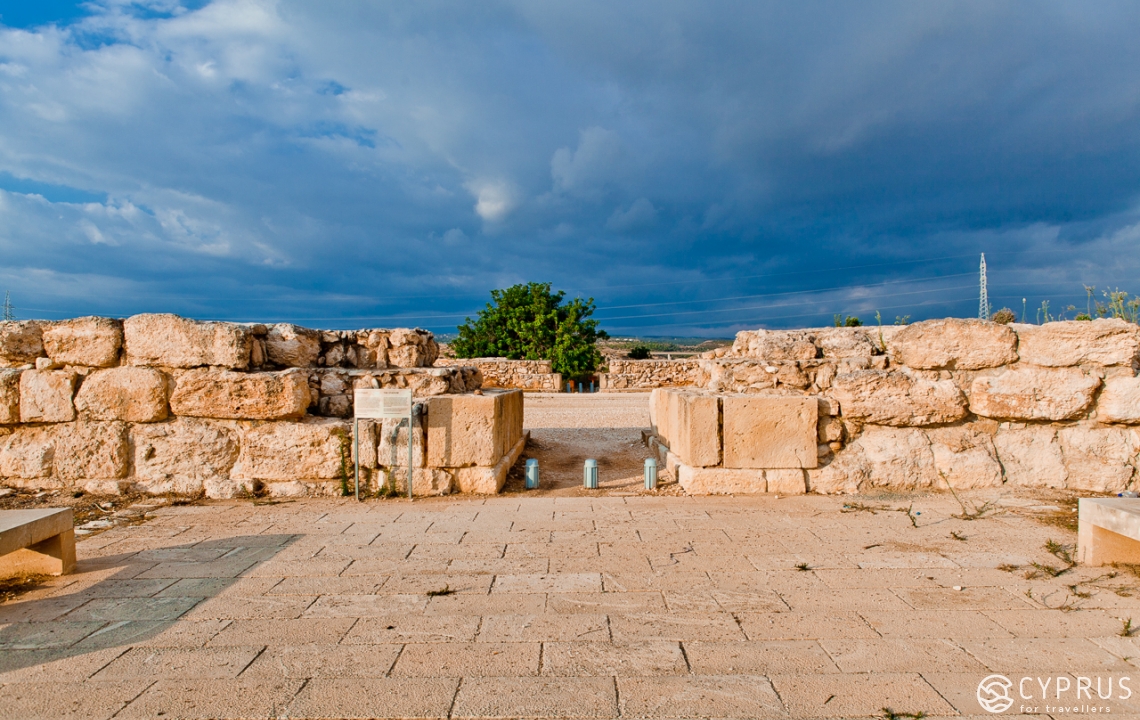

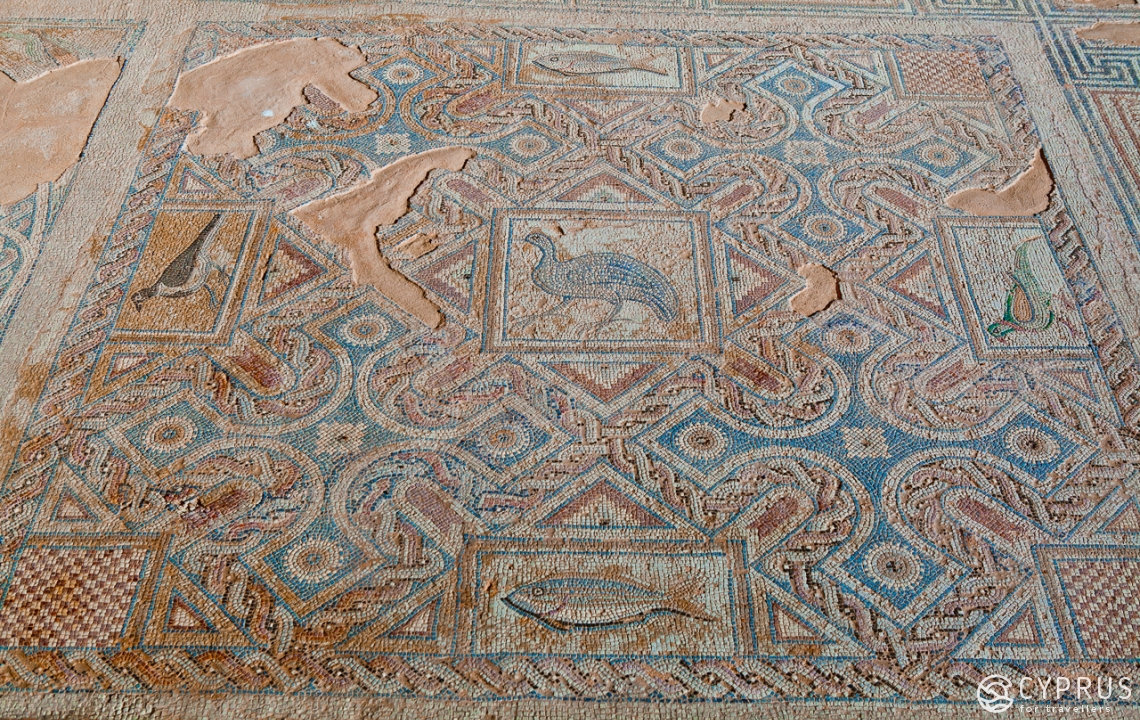
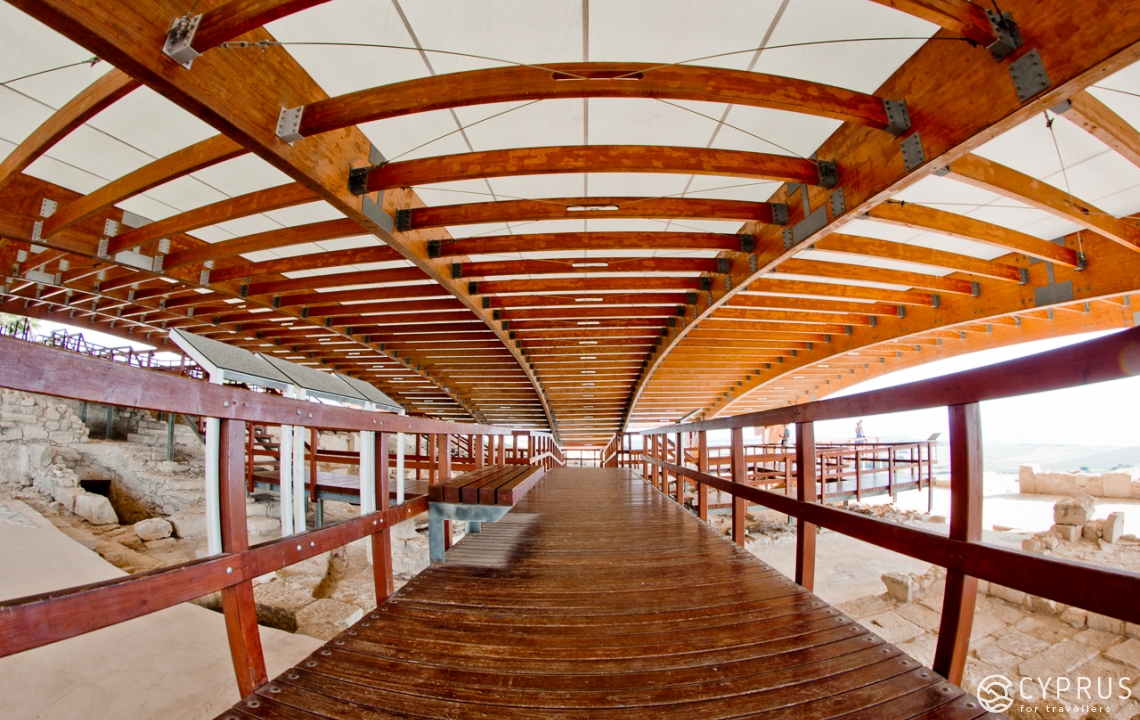
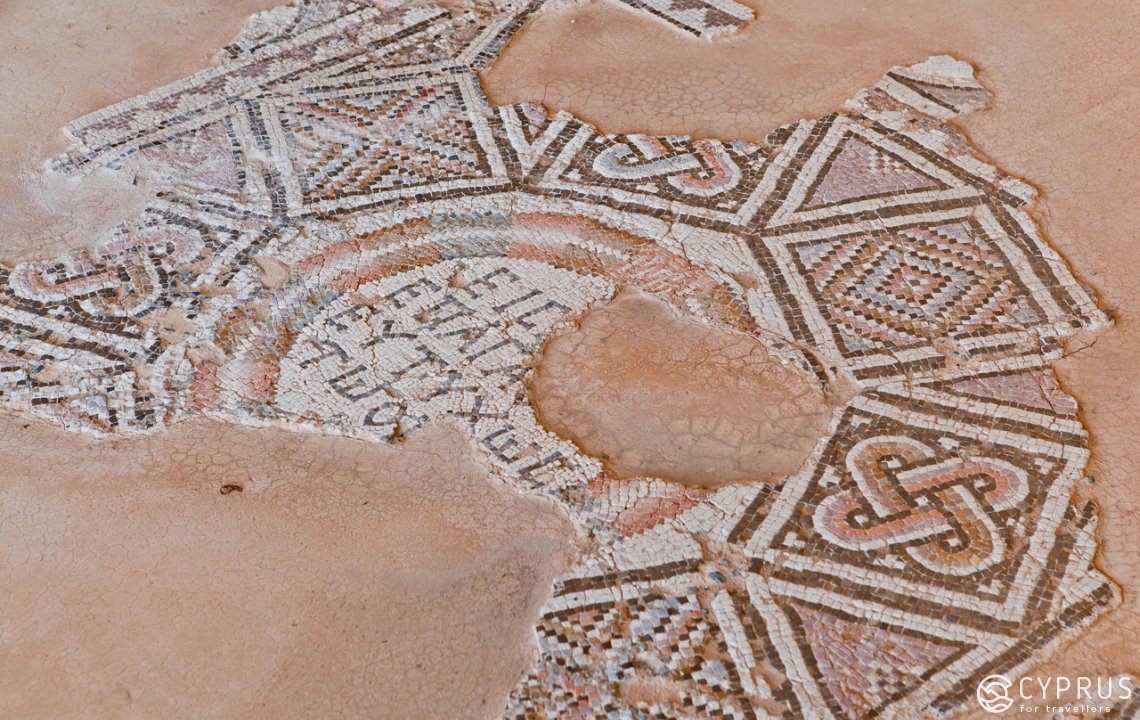
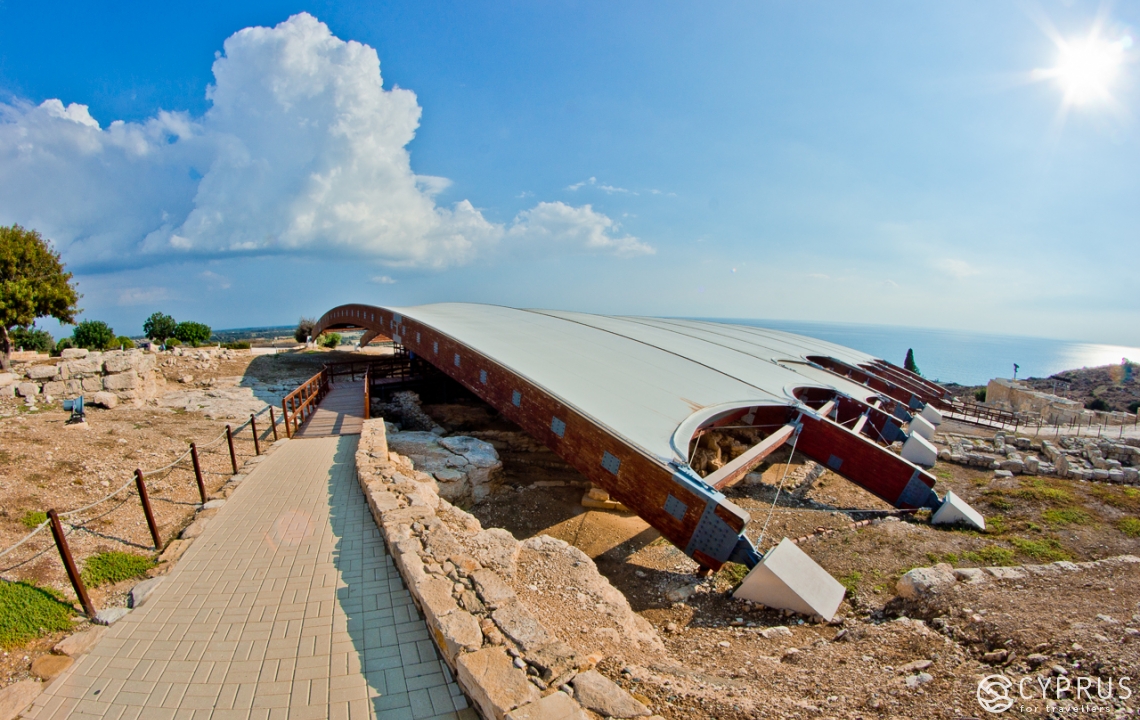
The city reached its peak of prosperity when it became a province of the Roman Empire in the 1st century BC. Because Kourion used to be surrounded with forests, its residents erected a sanctuary dedicated to Apollo Hylates, the god of the woodlands. The city was also home to an amphitheater and a stadium. People came to Kourion in droves from all across the ancient world to celebrate religious holidays and perform rituals. The Sanctuary of Hylates lost its significance following a major earthquake in 364, which precipitated a public order prohibiting all places of worship. The damages that the temple sustained in the earthquake were never fixed. All that remains of it are the steps leading to the «Gate of Kourion» and the «Gate of Paphos», columns, a repository for religious offerings, sculptures and pottery used in the rituals.
Wealthy citizens used to decorate the floors in their homes with mosaics, some of which have survived to this day and remain in a good condition. After the emergence of the Apostolic Church of Cyprus in 46 AD, Kourion became the site of one of the first episcopacies. The mosaics inside the House of Eustolios feature an inscription stating that the house is protected by Christ, who came to replace Apollo. There is also a well-preserved mosaic of a fish.
The amphitheater, which was built in the 2nd century AD to accommodate up to 3500 viewers, continues to function as an entertainment venue to this day. The stadium, which used to accommodate up to 6000 viewers, was erected around the same time as the amphitheater.
Photographs by Daria Saulskaya

